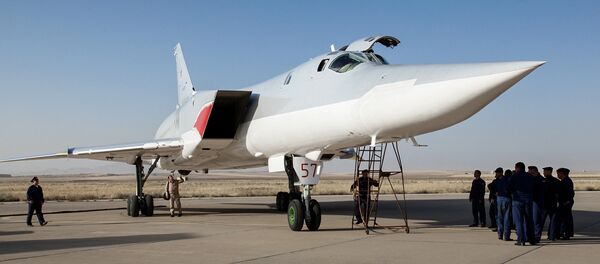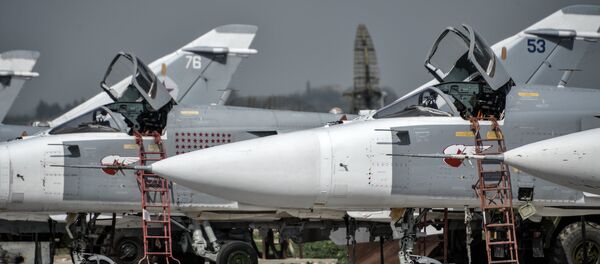On August 16, Russian Tupolev Tu-22M3 supersonic long-range strategic bombers and Sukhoi Su-34 strike fighters took off from the Hamadan airfield in Iran to fly combat missions in Syria, an unprecedented development in bilateral history.
This decision "will have major implications," Evseev noted. Not only will it have a positive impact on the situation in Syria, but the cooperation between Russia and Iran will also contribute to regional stability since it will prevent the United States and its allies from launching military interventions in the Middle East.
On August 6, terrorist groups managed to open a narrow corridor in the Ramouseh district located in southwestern Aleppo, encircling SAA troops nearby. Damascus-led forces and their allies pushed the militants back to rebel-held areas on August 9, but the radicals received a large supply of weapons and ammunition that will prolong the battle for the city.
Experts agree that the fate of Syria is largely linked to the outcome of this standoff.
In this context "Russia found itself facing a tough choice," the analyst said. The country "needed to boost its military presence in Syria due to the escalation of fighting, but understood that this would also hamper the intra-Syrian dialogue and the peace process in the country."
Moreover, Russia's only aircraft carrier Admiral Kuznetsov is also scheduled to arrive in the Mediterranean in early autumn.
As a result, "the process of Russia and Iran moving from strategic dialogue to strategic partnership has accelerated," he added.





